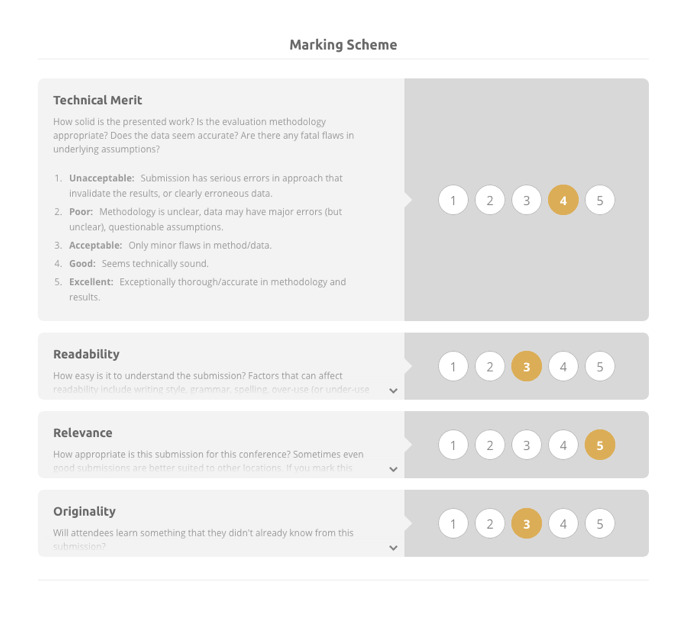Positives and negatives of double-blind peer evaluation
Peer reviewing can be used in conferences all over the world. There are usually three forms of reviewing commonly completed in a meeting setting; open up reviewing, single-blind peer examine and double-blind.
In this article, we will discuss sun and rain of double-blind peer evaluation.
Description of double-blind peer evaluation
Double-blind peer evaluation means the identification of both the writer and reviewer is held concealed. If the authors’ identity is usually unidentified to the reviewer, it’ll avoid the reviewer from forming any bias. You can find advantages and disadvantages connected with double-blind reviewing – here are a few of the more prevalent ones.
Benefits of double-blind evaluation
In a report completed by the Publishing Analysis Consortium (PRC), it had been discovered that out of 3,000 academics asked, 71% mentioned they have self-confidence in double-blind peer evaluation, while 56% choose it over any type of reviewing. The truth that individuals creating and reviewing papers come in favour of double-blind peer evaluation is positive.
Because the reviewer does not understand who wrote the abstract, they can not end up being influenced by their position inside a research community as well as gender. Sometimes it could be challenging to write a negative review (even though justified) on somebody who is well-known inside a particular sector. With a double-blind evaluation, it eliminated this taking place.
It really is no magic formula that gender bias nevertheless continues to be in reviewing. An experiment had been carried out by Developments in Ecology and Development on the Behavioural Ecology journal over two intervals – 1997 to 2000 (when single-blind was utilized), and 2002-2005 (when double-blind was implemented). On the two periods, it had been found that there is a 7.9% upsurge in the quantity of papers released by female first authors when double-blind reviewing was introduced. This number is hugely substantial, and just heightens the significance of double-blind peer evaluation.
Drawbacks of double-blind evaluation
The largest argument will be that double-blind peer reviewing is not actually blind in the end. With some analysis sectors being so little, it is very simple to have an informed imagine of who the writer is. When an writer is trying to produce a point within their research, they could self-reference from previous function they have written, and perhaps it is becomes apparent who the writer is. To guarantee it really is totally blind, an writer would have to get rid of all references to themselves and their function in the abstract, that could ruin the study of the document.
Like all of the reviewing types, you can find positives and negatives to double-blind peer evaluation. The jury continues to be out on whether it’ll surpass the most typical form (single-blind) soon, but it will be heading in the proper direction. We’ve also analysed whether open up reviewing may be the way forward right here.
The significance of a user-helpful workspace for reviewers

Don’t forget that, whether you select double- or single-blind peer evaluation, if you’re inquiring your reviewers to utilize peer review software program that’s confusing or irritating, there’s an excellent chance you won’t obtain the best from their website. So be sure you use user-friendly peer evaluation software program like Ex Ordo.
